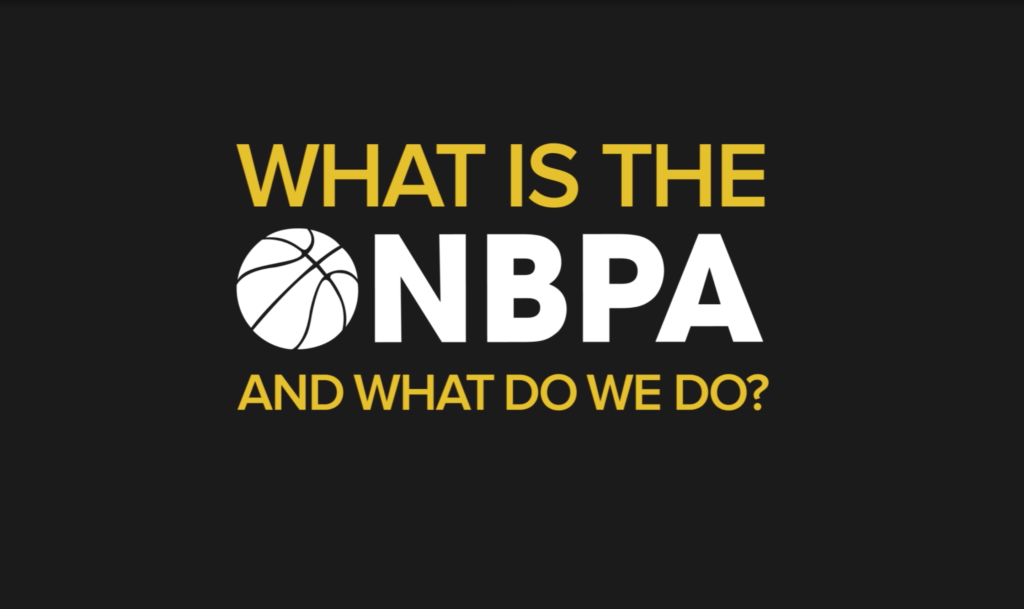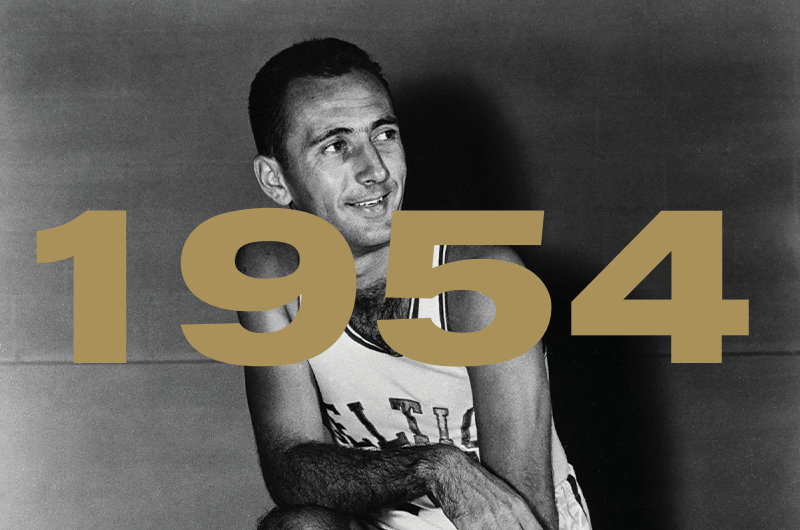
Bob Cousy begins organization of NBPA
In 1954, Bob Cousy of the Boston Celtics began to organize the players by writing to an established player from each team, seeking their input and support for a formal union to represent players’ interests. Soon, the National Basketball Players Association was created, and Cousy became its first President. In January of 1955, Cousy went to NBA President Maurice Podoloff with a list of demands: payment of back salaries to the members of the defunct Baltimore Bullets club; abolition of the secretive $15 fine for a “whispering foul” that referees could quietly place on players during a game; establishment of a 20-game limit on exhibition games, after which the players could share in the profits; establishment of an impartial board of arbitration to settle player-owner disputes; payment of $25 for public appearance expenses other than radio, television and charitable functions; and moving expenses for traded players. The NBA refused to recognize the union and, of all their demands, only agreed to two weeks of back payment for six Baltimore players who had played for the club before it folded.
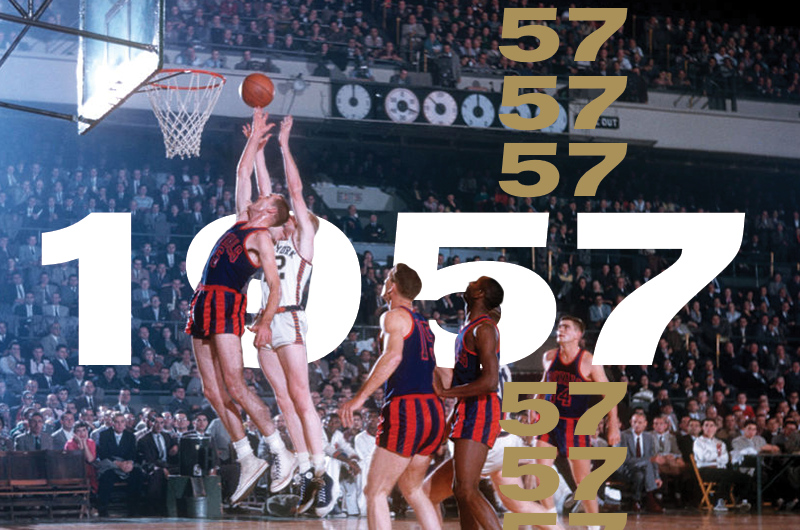
First CBA (after 1955 demands rejected)
It was not until the threat of a strike in 1957 and Cousy meeting with AFL-CIO officials over possible union affiliation, that the NBA entered into discussions with the NBPA. In April of 1957, the NBA Board of Governors formally recognized the NBPA and agreed to their requests:
- An abolition of the whispering fine;
- A $7 per diem and reasonable traveling expenses;
- An increase in the 1957-58 playoff pool;
- Reasonable moving expenses for players traded during the offseason;
- Referral of player-owner disputes to the NBA League President or a committee of three NBA Governors chosen by the players;
- Elimination of exhibition games within three days of the season opener; and
- Regular players not required to report to training camp earlier than four 4 weeks prior to the season
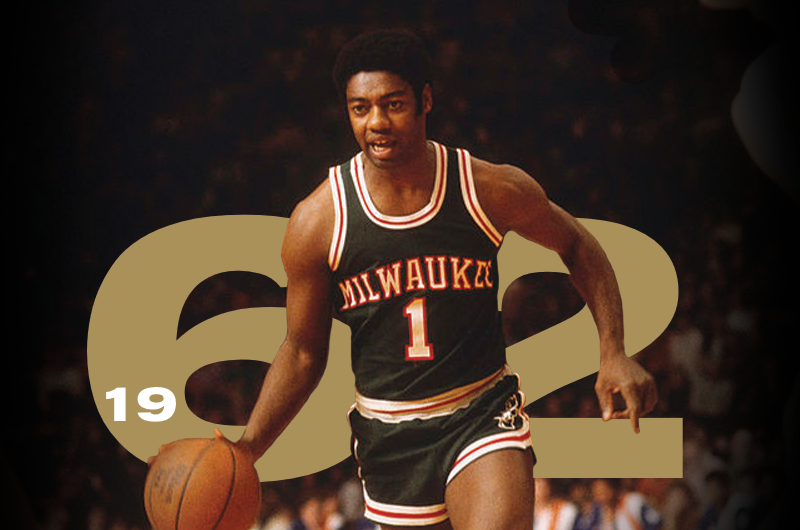
Pension program introduced and union hires first counsel
In January 1961, NBPA President Tom Heinsohn reached an agreement with the owners over a player pension program with the details of the agreement to be worked out the following month. The players set a goal of $100 a month for players over age 65 with five years of service and $200 a month for players over age 65 with ten years of service. Negotiations to finalize the agreement broke down however, and in 1962 Heinsohn hired attorney Lawrence Fleisher—who would remain as NBPA general counsel for the next 25 years—to fight for union goals.
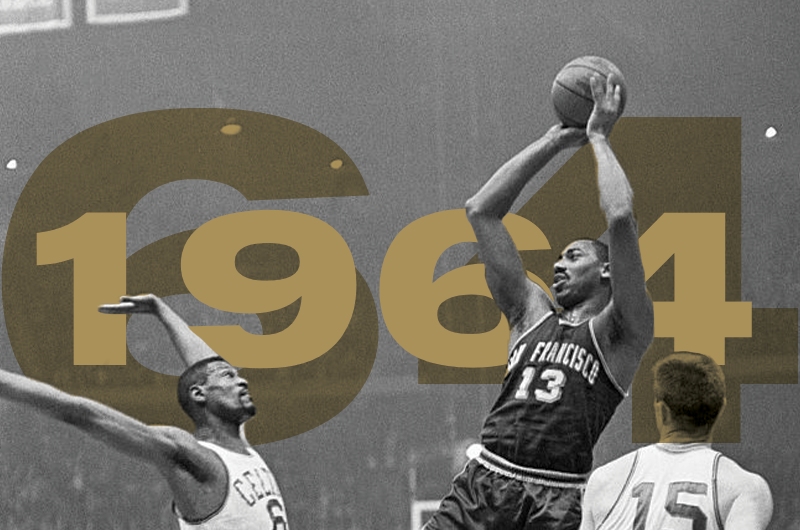
All-Star boycott
Progress was slow until the 1964 All-Star Game, which was the first All-Star Game ever to be nationally televised. Recognizing an important opportunity to bring about change, the players threatened not to play unless certain demands were met. They raised three main issues: first, they insisted on the establishment of a pension plan; second, they wanted the NBPA to be formally recognized as the exclusive bargaining agent of the players; and third, they sought an increase in the per diem to eight dollars per day. Minutes before gametime, NBA President Walter Kennedy personally guaranteed that a pension plan would be adopted at the next meeting in May, and that the other demands would be met. The game went on – ten minutes late.
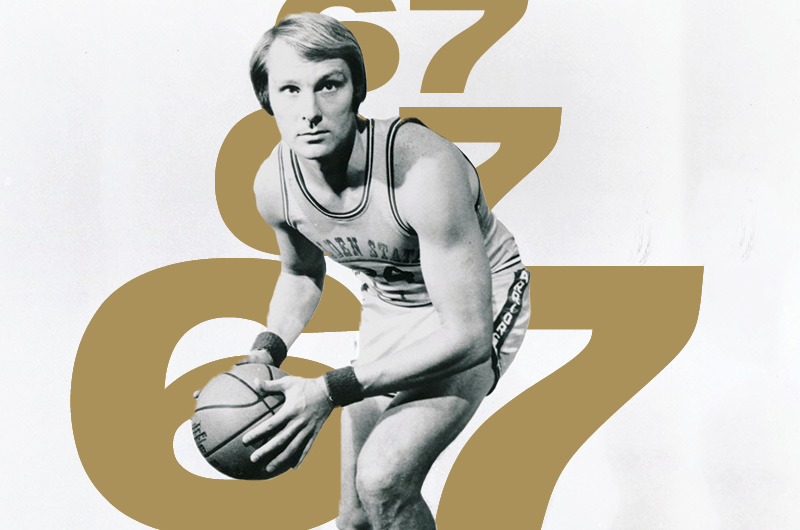
Players seek new terms under Oscar Robertson’s leadership
The great Oscar Robertson of Cincinnati succeeded Heinsohn as President in 1965 and announced at the 1967 All-Star Game that the players would seek new terms; specifically, they would ask the owners to be paid for exhibition games, to reduce the number of exhibition games from 15 to 10, and to upgrade the pension plan. The players won the following agreement:
- A $600 a month pension plan for all players with ten years of service and over age 65
- New medical and insurance benefits
- Negotiations for exhibition game pay
- An 82-game limit on the regular season
- The elimination of games played immediately prior to the All-Star Game
- A new committee to review the standard player contract prior to the 1967-68 season
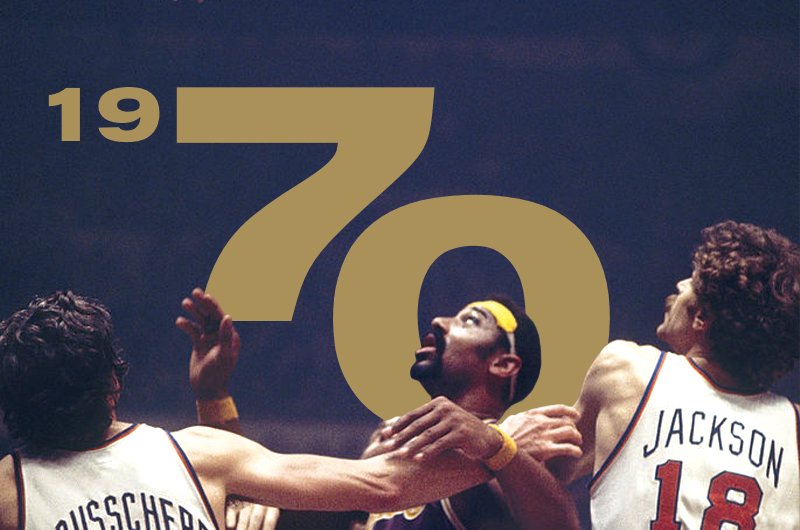
Robertson suit filed (settled in 1976) over NBA, ABA merger
In 1967, the American Basketball Association was formed, and the new competition helped cause players’ salaries to rise. Recognizing this trend, the NBA soon opened discussions with the ABA over a possible merger which would eliminate this healthy competition for player services. In response, the players filed the “Oscar Robertson Suit” under the antitrust laws in 1970. Through the lawsuit, the players hoped to block the merger and also ease the burden of various other player restraints, including the option clause that bound players to a team in perpetuity. The NBPA won a restraining order to block the merger, and the owners came to the table, though not before unsuccessfully attempting to gain Congressional approval for a merger. New president Paul Silas used leverage from the court victory to secure a new agreement with the NBA. The new deal gave players a limited form of free agency, eliminating the option clause in all contracts. In addition, the owners paid 500 players a total of $4.3 million as a settlement and the union $1 million for legal fees, pending dismissal of the Oscar Robertson Suit. The ABA and NBA finally merged, but by that time, the collective bargaining agreement had brought the players an increase in the minimum salary from $20,000 to $30,000, an increase in pension benefits, medical and dental coverage, All-Star Game pay, term life insurance, and a fair per diem.
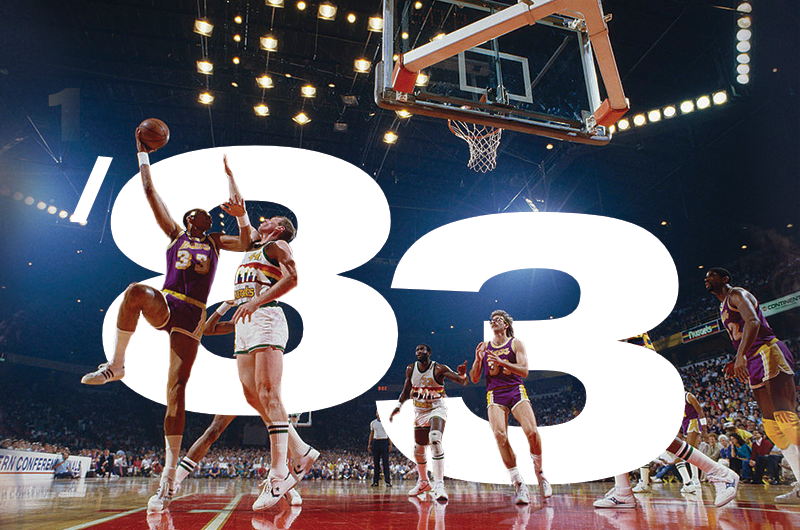
New CBA with revenue sharing and salary cap
In 1983, the players agreed to a landmark four-year collective bargaining agreement. The lynchpin of the deal was a revenue sharing/salary cap concept, under which the owners would guarantee the players a percentage of every dollar they earned, and the players in return agreed that each team would be subject to a soft cap on the amount of salaries it would pay to the players. The owners also provided:
- A guarantee that the league would maintain 253 players even if the number of franchises would be reduced;
- $500,000 in licensing revenue; and
- An increase in the minimum salary to $40,000
By 1984, the average player salary had increased to $275,000 and the stability of the league improved. Individual players were featured in the league’s marketing strategies, further fueling the league’s growth
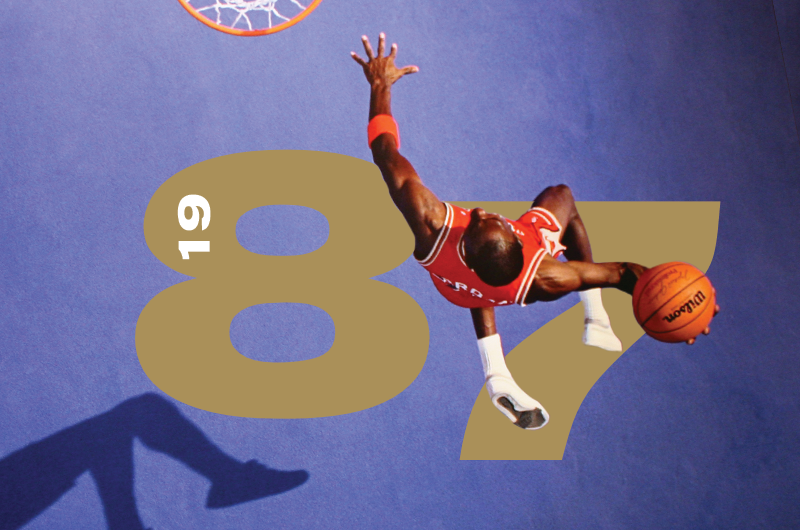
Junior Bridgeman antitrust suit filed (settled in 1988)
Junior Bridgeman became NBPA president in 1985, and the players strived for more. As the CBA neared its conclusion in 1988, the players voiced their discontent with portions of the salary cap, restricted free agency, and the college draft system. Once again, the players looked to the federal courts for relief, as the “Bridgeman antitrust suit” was filed in federal court. Following a favorable preliminary ruling for the players, the owners again opted to avoid a risky litigation. The parties shook hands on a new six-year collective bargaining agreement that called for:
- The elimination of the right of first refusal after a player completes his second contract, with unrestricted free agency for veteran players;
- Inclusion of five-year veterans who finished their careers prior to 1965 in the pension plan; and
- A reduction of the college draft to three rounds in 1988 and two rounds in 1989
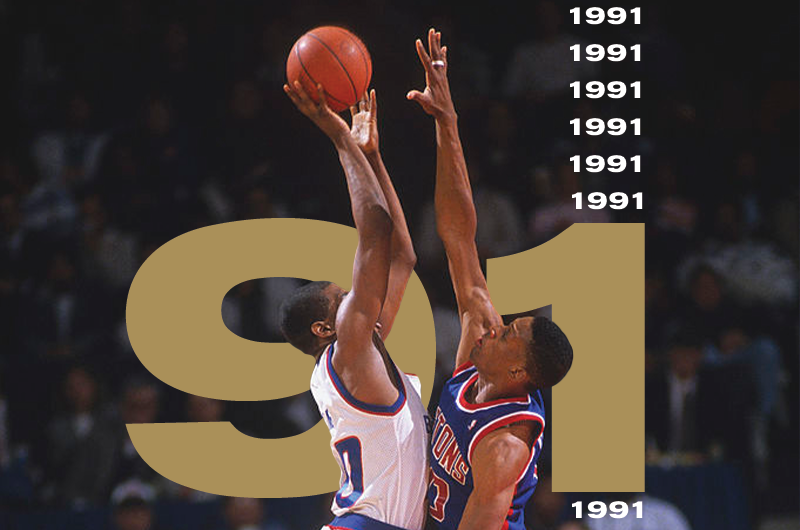
NBA alleged violation of its revenue sharing obligation
Tensions arose again in 1991, when the NBPA alleged that the owners were violating the revenue sharing agreement by underreporting their income, and thereby artificially depressing the Salary Cap and the players’ guaranteed share of revenues. In a major grievance, the players claimed the owners were improperly excluding revenues relating to luxury suite and arena signage rentals, international television broadcasts, related party transactions, and other sources. The dispute severely dampened the degree of trust the parties felt with each other. With a potentially damaging and drawn out litigation on the horizon, the NBA reached a settlement with the NBPA valued at $62 million for the players. Isiah Thomas, who had earlier taken over the presidency from Alex English, presided at that time.
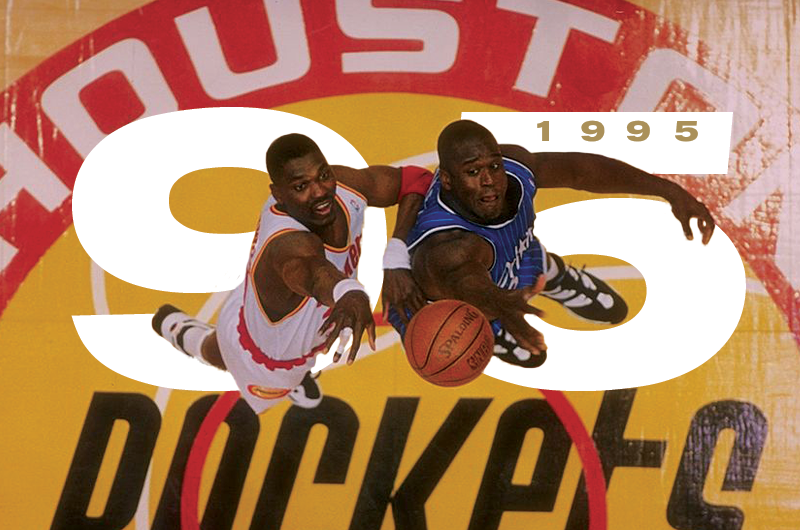
Players consider decertification in facing the first ever lockout
Following the 1995 NBA Finals, for the first time ever, the owners imposed a lockout, shutting down the business. No basketball activity took place during the summer of 1995, as the union fought two major battles – one with the owners, and the other among itself. The owners were holding firm to their position that the players had to accept concessions and tighten up the salary system. The players differed among themselves as to the best way to fight back. Seeing that the chances were slim of reaching a fair agreement without having to endure a long work stoppage, a large group of players felt that it would be best to decertify the union, and proceed in court against the owners; they claimed that the antitrust laws were the best weapon to stop the owners from imposing restrictive terms like a tougher salary cap and free agency system. The players believed they could get a court to order the lockout unlawful, and play while the claims were litigated. Other players were unsure and uneasy about the concept of decertification. Nonetheless, the threat of decertification was a very real one. Faced with the prospect of another litigation and the uncertainty brought about by the proposed decertification, the owners agreed to modify their harsh demands, and a new agreement was reached. The agreement, negotiated under President Buck Williams, contained elements for both sides. For the owners, the agreement eliminated or softened many of the multitude of salary cap exceptions that had allowed the teams to amass large payrolls. It also contained a rookie wage scale, with a pre-set salary range. In addition, the allowable percentage increase in multi-year contracts was reduced from 30% to 20%, and limits were placed on the length of a contract. Still, for the players, the agreement retained the all-important Larry Bird exception, allowing a team to exceed the Cap to re-sign its own free agent. It also eliminated entirely the concept of restricted free agency, with unrestricted free agency granted to all players after their contract expired. In addition, in response to the earlier revenue sharing dispute, the parties agreed to include new sources of revenue in the revenue sharing formula.

Second lockout; owners seek hard cap
By the 1997-98 season the approximately 400 NBA players were collectively earning $1 billion in salaries and benefits. In March of 1998, the owners exercised their option to terminate the collective bargaining agreement at the conclusion of the season. When the players again refused to accept unfavorable terms, the league again locked the players out, shutting down the business on July 1, 1998. This time, the shutdown lasted far longer. With the owners seeking a “hard” salary cap that would lead to the elimination of guaranteed contracts and the virtual elimination of the “middle class” of NBA earners, the players dug in and refused to concede. With no new agreement on the horizon, the League first canceled the pre-season, then cancelled the first two months of the season, and then announced the cancellation of the All-Star Game. Finally, in January 1999, after a six-month lockout and on the eve of the “drop dead” date to end the season, the parties reached an agreement. Games began in early February, with each team playing a shortened 50 game schedule. The new agreement, negotiated under President Patrick Ewing, did not include a hard cap, and instead featured a series of trade-offs that the owners hoped would work to keep salaries down. Many of these terms are discussed below in the section on the NBA salary system. As it turned out, under the 1999 agreement, the players enjoyed an 80% increase in salaries and benefits. In 2004-05, the last year of the 1999 CBA, the players earned approximately $1.8 billion in salaries and revenues. The average player salary rose to well over $4.5 million, and the median salary experienced unprecedented growth, doubling so that more than half of all NBA players earned at least $2.8 million.
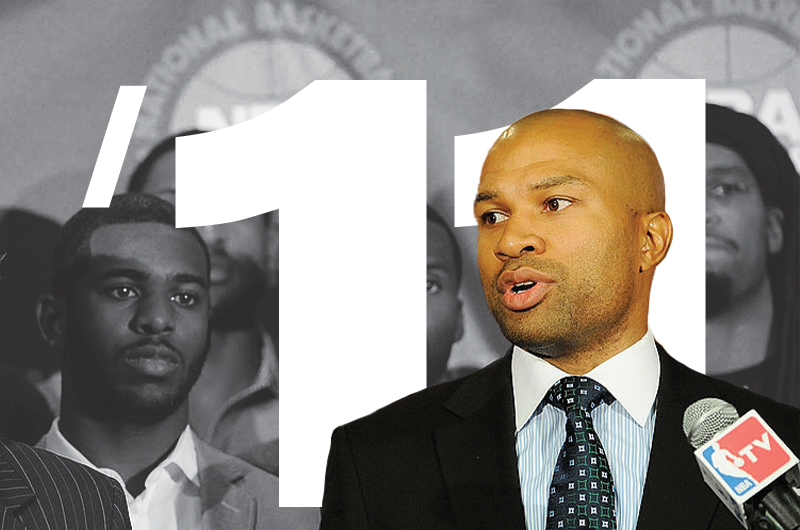
Another lockout; preservation of the soft cap and guaranteed contracts
In the summer of 2009, Commissioner Stern and the owners informed the NBPA that they would not exercise the option to extend the 2005 agreement for a seventh season and that the agreement would officially expire on June 30, 2011.Negotiations, which had begun in the summer of 2009, intensified during the 2010-11 season. As they had done in 1999, the NBA owners demanded significant, across the board rollbacks including 40% reductions in the value of all existing and future contracts. In order to obtain this harsh economic result, the NBA proposed a series of draconian system changes including a hard salary cap and severe restrictions on players’ ability to negotiate for guaranteed contracts. With no negotiated settlement in sight, the NBA owners imposed a lockout on July 1, 2011 immediately upon the expiration of the agreement. For the second time in NBA history, preseason and ultimately regular season games were cancelled. In November 2011, the Players Association disclaimed interest, relinquishing its status as the players’ exclusive collective bargaining representative. Antitrust lawsuits were filed on behalf of players in California and Minnesota challenging the legality of the lockout. Faced with the cancellation of the season and possibly antitrust liability, the owners chose to settle the antitrust suits with the players. The players voted to re-form the union and a new CBA was signed on December 8, 2011, 161 days after the lockout began.
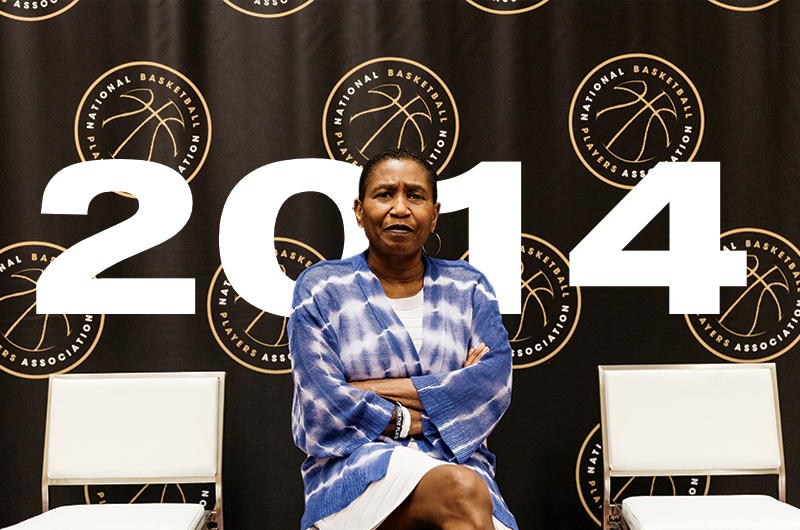
Union selects new leadership
Under President Chris Paul’s leadership, the NBPA Executive Committee and Board of Player Representatives elected Michele Roberts as the union’s new executive director. Roberts became the first woman to head a major professional sports union in North America.
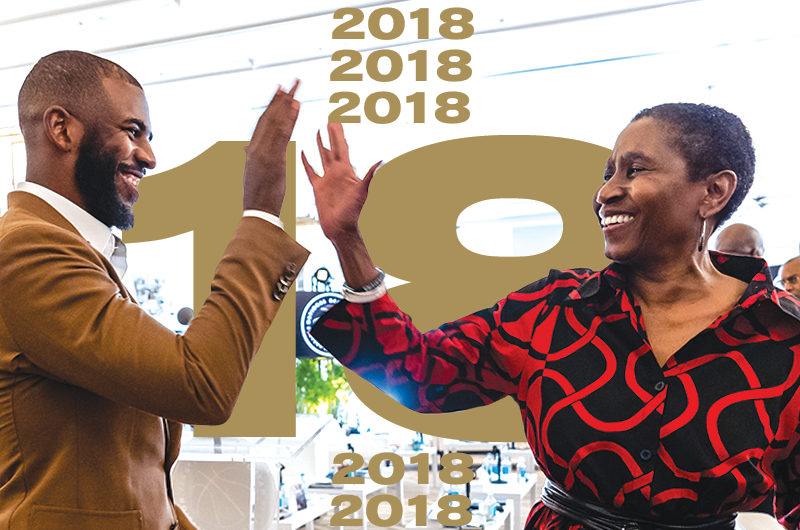
Michele Roberts Re-elected as Executive Director of the NBPA
Michele Roberts was re-elected as Executive Director of the National Basketball Players Association (NBPA) at the 2018 annual summer meeting of the Board of NBA Player Representatives. The Board of Player Representatives and the Executive Committee voted unanimously to approve another 4-year term for Ms. Roberts.
“Our goal when we hired Michele was to take back our union,” said NBPA President Chris Paul. “With her leadership and guidance, we have not only accomplished that but we have also established the NBPA as one of the strongest and most active unions in all of professional sports. She is truly an invaluable asset and I am thrilled that we will get to continue our work together.”

